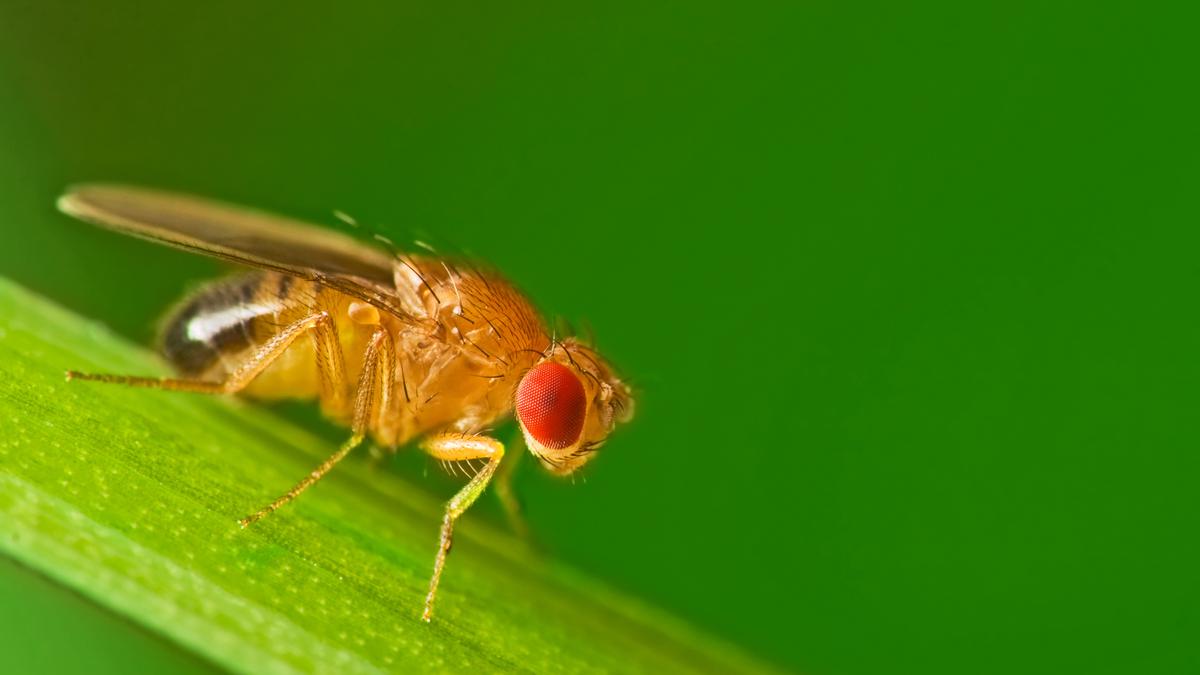
For Huntington’s disease clues, scientists are looking in fruit flies | Explained Premium
The Hindu
Study of Huntington's disease in fruit flies reveals potential new treatment for humans.
Every month, the medical genetics clinic in the Nizam’s Institute of Medical Sciences, Hyderabad, sees about three to four people with Huntington’s disease. The numbers might appear small, but in each case behind the individual lies a family devastated.
At first, Huntington’s disease patients have mild symptoms: forgetfulness, loss of balance, and clumsiness in performing simple tasks. The symptoms begin in the ages 30-50, by when the patient might also have had children. The condition progressively worsens. The patient suffers mood swings, has difficulty in reasoning, shows abnormal and uncontrollable jerky movements, and experiences difficulty in speaking, swallowing, and walking.
The patient eventually dies, but not before raising the spectre that one or more of their children will suffer the same fate. There is no cure.
This is why understanding how Huntington’s disease progresses at the molecular level is important, so that it can reveal some mechanism that, if interrupted, can stop the disease in its tracks.
A paper published this month in Scientific Reports, by researchers from the University of Szeged, in Hungary, has taken some important strides in this direction based on – surprisingly – the diminutive fruit fly.
The patient’s misfortune is that they carry a mutated version of a gene called HTT. The HTT gene codes for a protein called huntingtin, or Htt.
Nerve cells in the human body require the Htt protein for their normal functioning and survival. The mutated gene, however, encodes an abnormal Htt protein that instead destroys the neurons that regulate movement, thinking, and memory.











